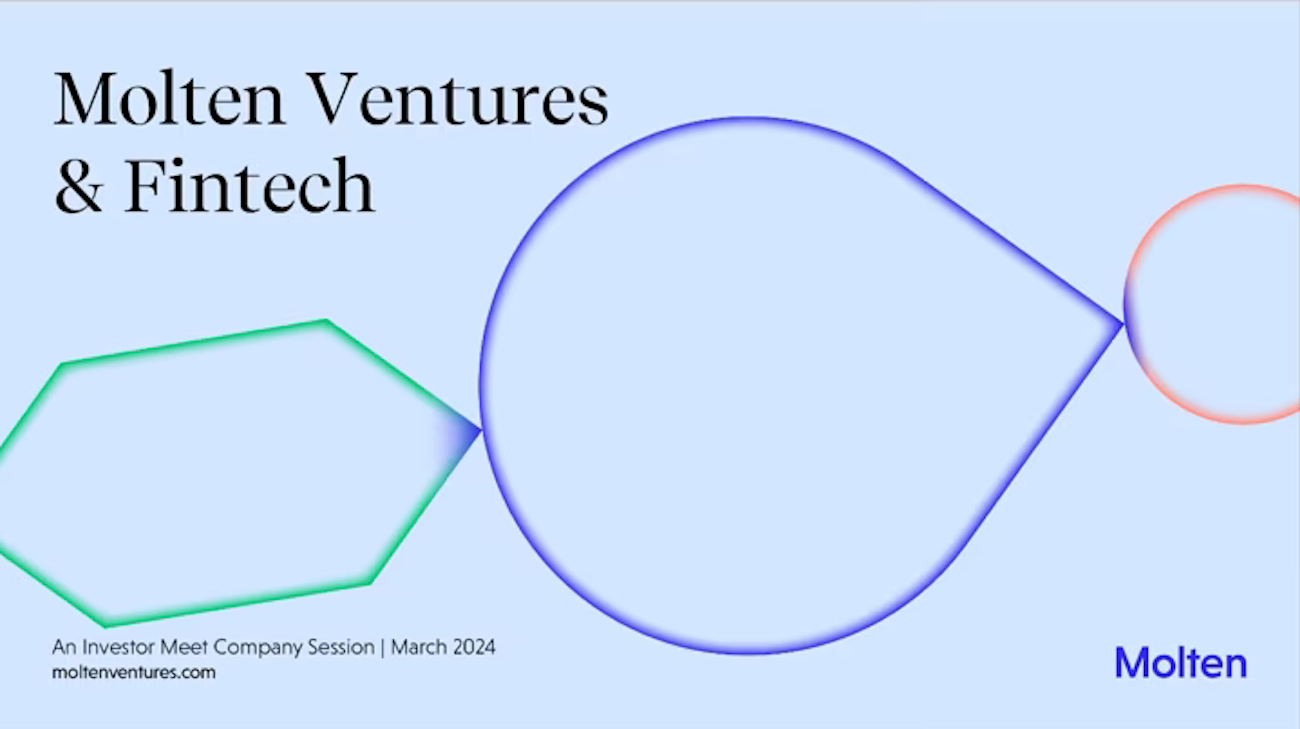The discussion, led by Vinoth, featured Teo Blidarus of FinTech OS, Paul Taylor of Thought Machine, and Mike Walters of Form3, who each brought their unique perspectives to the table.
Teo Blidarus: I'm CEO and Co-Founder of FintechOS, which started six years ago. Our focus is on cloud product management, working with banks, insurance companies, and embedded finance players to help them deploy new generation products. We've been deployed across the US, UK, continental Europe, and Asia Pacific, collaborating with tier one companies like Societe Generale, Admiral, Royal Bank of Canada, and Vodafone, as well as numerous tier twos and tier threes, especially in continental Europe and the US.
Paul Taylor: I’m Paul Taylor, the founder and CEO of Thought Machine. Thought Machine builds cloud-native core banking engines, the most crucial infrastructure in a bank, containing a ledger and the product engine. The ledger is where all assets and liabilities of the bank are kept, making us the source of truth. We're addressing the issue of outdated technology in established banks, many of which still operate on mainframes with code from the 1970s.
This legacy technology is a significant burden, resulting in inefficiency and inhibiting innovation. Unlike B2C fintechs that operate with higher cost efficiency, traditional banks struggle with their legacy systems. Our technology is widely deployed, primarily focusing on tier one banks, with more than 14 of them signed and many more to come. We're working on gradually modernising banks by getting our technology live and eventually transitioning most of the bank onto our platform
Mike Walters: I’m Mike Walters, CEO of Form3. We’ve been around for about seven and a half years now. We run a payment platform, which is a distinct change in the technical landscape of financial institutions. Traditionally, banks would connect to the payment infrastructure of a country through individually deployed software and infrastructure running in local data centres. This model is expensive and difficult to change.
Payments are a network business, and we tackle this by running a single platform to which our customers connect, managing shared infrastructure for banks to connect to payment systems across the UK, Europe, and now the US. Because we run as a platform and operate on SaaS economics, transaction volume is important to us. Our primary customers are the largest banks in the world, operating across those markets.
Vinoth Jayakumar: One overriding thought for me is that all three of you are attacking very large markets, with market sizes ranging from 20 billion to 100 billion plus for each of the areas you're going after, whether that's core banking, payments, or customer journeys.
The question that comes up is whether what companies claim they're doing is fundamentally changing the way their clients operate. From your perspective, what do you think the tipping point for your clients is? What do they care about? Is it the cost-income ratio, total cost of ownership, fundamentally different technology, or cloud native? Each of you has different angles and answers to that.
Teo Blidarus: We're living in the real world, meaning the big problem in the industry is how to deploy new technologies and business models. The topic of modernising core infrastructure in financial services is widely discussed, with different approaches to lowering the cost of infrastructure, shortening the time to deploy new products into the market, and transforming yesterday's unit economics into the new world.
There's also a need for differentiation. Historically, tier one banks differentiated by deploying a wider portfolio of services. Now, new players like Revolut are able to do that as well, without all the complexity. Differentiating and being able to deploy new business models that fundamentally increase share of wallet with customers or attract new customers in a competitive market is the biggest problem in the industry.
Paul Taylor: You can reduce nearly everything in a business plan to reducing costs and increasing revenue. The themes that come up for us are simplification in the bank, speed to launch, and competing against fintechs. The banking market may not seem to move fast, but it does. When banks are years behind, they lose market share. A concrete example is Chase Bank in the US launching a BNPL [buy now pay later] product which was hugely successful and faster than would have been possible with a traditional engine.
Vinoth Jayakumar: Mike, your world is a bit more narrow, focusing on real-time payments. Could you give us a sense of what that means for you?
Mike Walters: The demand for speed is changing the legacy technology platforms of banks. As the real-time account-to-account market scales, it crashes into both payment infrastructure and ledger infrastructure designed for overnight updates, which doesn't work anymore. It's now about 24/7 high-speed technology requirements. We can provide a better level of operational resilience, higher scale, lower cost, and reduced burden by productising changes for all customers. The real discussion with banks is about changing from buying, owning, and deploying to consuming critical pieces of infrastructure.
Nationwide, the largest building society in the world, ran a modernisation program to create an interface from their legacy estate to our cloud-native platform. We're now processing all transactions for their consumers in real time, providing them with resiliency, scalability, and real-time information flows.
Vinoth Jayakumar: Shifting gears a bit, selling core technology to tier one, two, and three banks and fintechs involves different speeds. There is an old adage about it: Core technology cannot be sold; it has to be bought. What does that mean for each of you?
Paul Taylor: The challenge was never about need but about coming up with solutions that are significantly better in terms of outcome and easier in migration. Our proposition is to think big but start small, modernising the full bank at a fast pace to show immediate improvements. Thought Machine is in a strong competitive position, finding it easier to convince tier one buyers that we are the correct destination.
Teo Blidarus: Selling a platform doesn't help shorten the sales cycle. We've focused on smaller problems to reduce the sales cycle to six to seven months, which is competitive in banking or insurance infrastructure. Across the journey, leveraging partnerships is crucial because no matter how good the technology, operational risk and the ability to deploy across several business lines are key considerations.
Vinoth Jayakumar: Jumping into product versus proposition, how do you approach client situations? Do clients care more about what your product does or what your firm represents?
Mike Walters: We are a product shop; customers buy a product. This discipline is helpful for us, but as we deal with higher-level stakeholders, it becomes more about how our strategic direction aligns with theirs. The nature of the conversation typically involves solving immediate product-level issues and understanding the strategic direction of our business. It's about enabling banks to consume best-of-breed technology platforms.
Paul Taylor: Financial services technology is plagued by bad patterns. Thought Machine's strategy is to fundamentally solve problems of how to run banks and store ledgers without customisation between banks. Our approach reduces the cost of changing a bank and the amount of work needed after going live.
Vinoth Jayakumar: Ending with the future vision for your companies, how do you see the technology landscape evolving, and what does the end state for each of you look like?
Teo Blidarus: Our vision goes beyond profit, focusing on next-generation product management in financial services as a necessity. Consumers are driving product and proposition strategies, requiring technology and customer-centric strategies to address this need. We aim for FinTechOS to become a leading company in this new category, deploying successfully in tier one and tier two banks, insurance companies, and other financial services providers.
Mike Walters: We aim to be the largest account-to-account platform, processing more transactions for higher value than any other technology. The technology landscape will move from banks solving individual internal problems to consuming best-of-breed technology platforms. We will be the payment sphere, focusing on products that not only do payments but also protect those payments.
Paul Taylor: Thought Machine aims to be the market leader in core banking, targeting a dominant position in the tier one and tier two space. We aim for the majority of the world's banks to be on our platform, feeding through to excellent financials due to our business model.
*
In all, the discussion highlighted key strategies and challenges in the FinTech sector, emphasising Molten's investment approach, innovation in financial services through cloud-based solutions, and the importance of modernising infrastructure to improve efficiency and customer engagement.
The panel underscored the dynamic nature of FinTech, stressing the need for agility and collaboration in navigating technological advancements and driving sector growth. We give our thanks to Teo Blidarus from FintechOS, Paul Taylor from Thought Machine, and Mike Walters from Form3.









